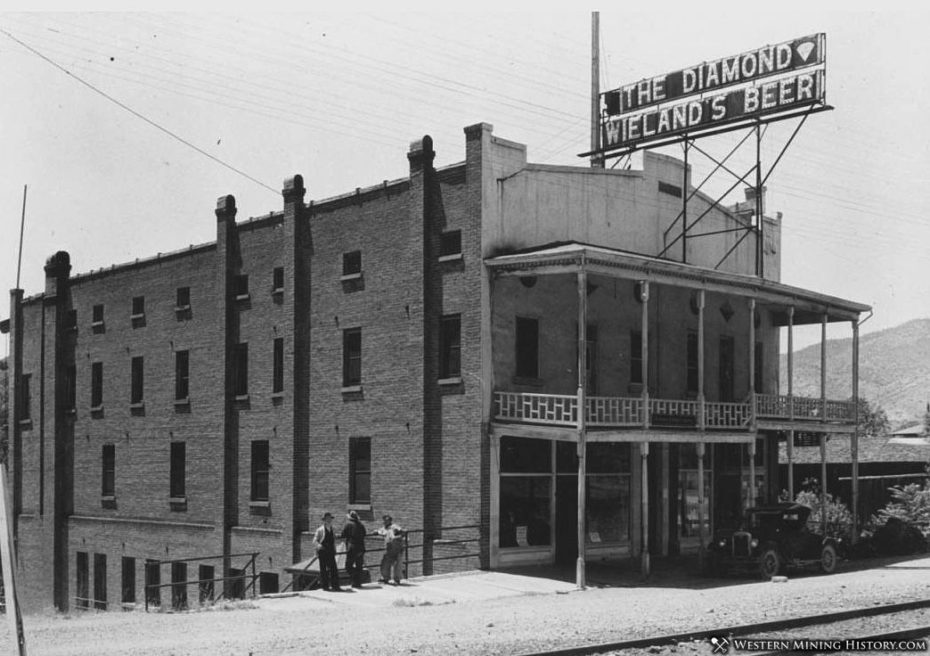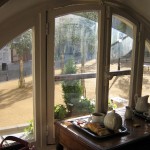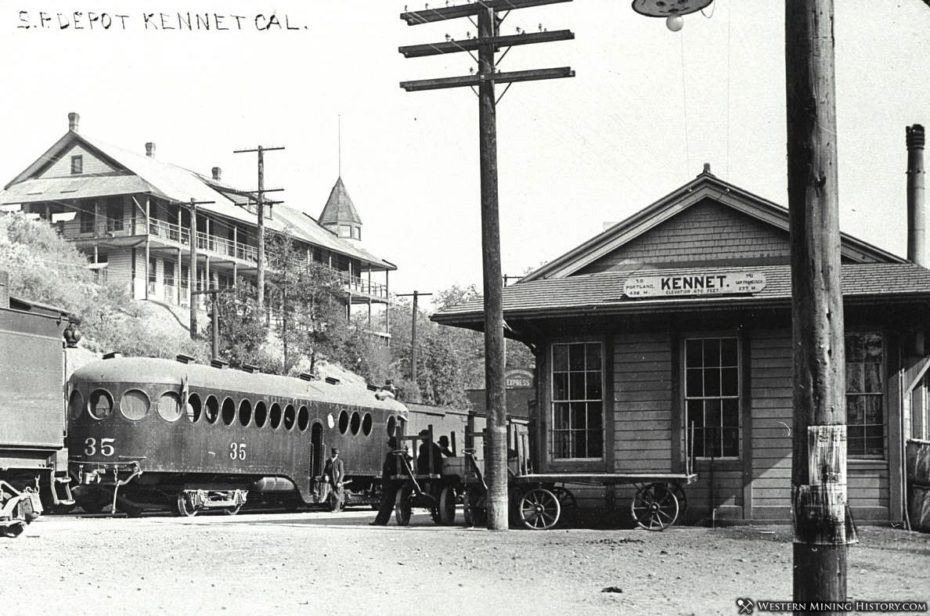
At one time Kennett, Ca, had 40 saloons, dozens of trade stores, a hotel, hospital, a schoolhouse– it even had an opera house– that is, before it was sitting at the bottom of the huge man-made Lake Shasta. Kennett is now completely invisible, buried as deep as 400 feet below the water’s surface. There is no record of any public hearings to ask Kennett residents their opinion. Kennett might not be the lost city of Atlantis, but this was once a thriving community and one of the most important mining towns in the territory. Only the surviving archival photographs can help us uncover the submerged history and memories of what life would have been like in this drowned town of northern California…
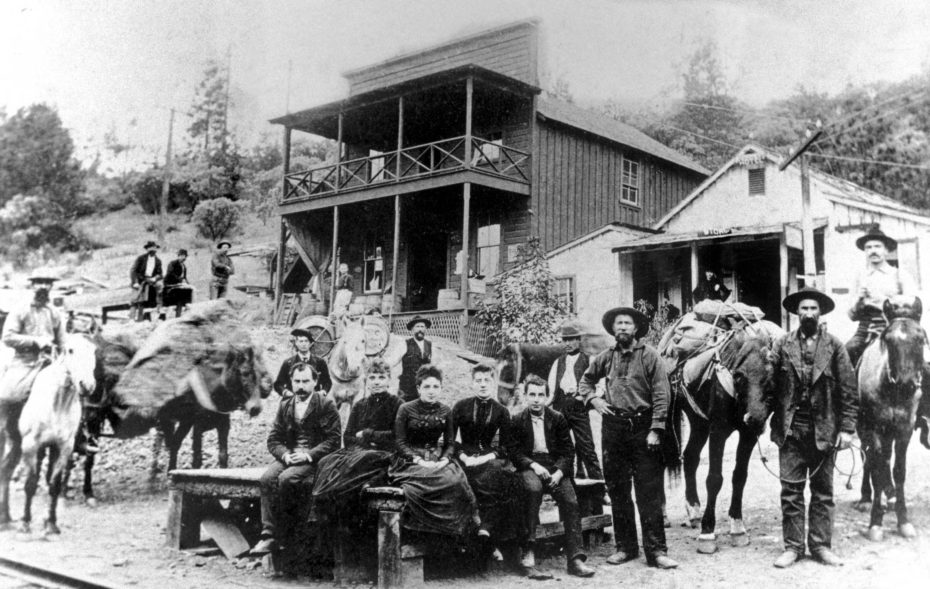
1888- 1890, first Kennett Hotel on the right & first Kennett Store on the left ©CSU Chico Digital Collections
Let us start by remembering that before it was a mining community’s home, Kennett was home to Native Americans; nine major groups of Wintu to be exact, living in up to 250 villages. After the first European-Americans settled the area, an estimated 75% of the Native American population was decimated by disease from contact with whites and Mexicans by 1835.
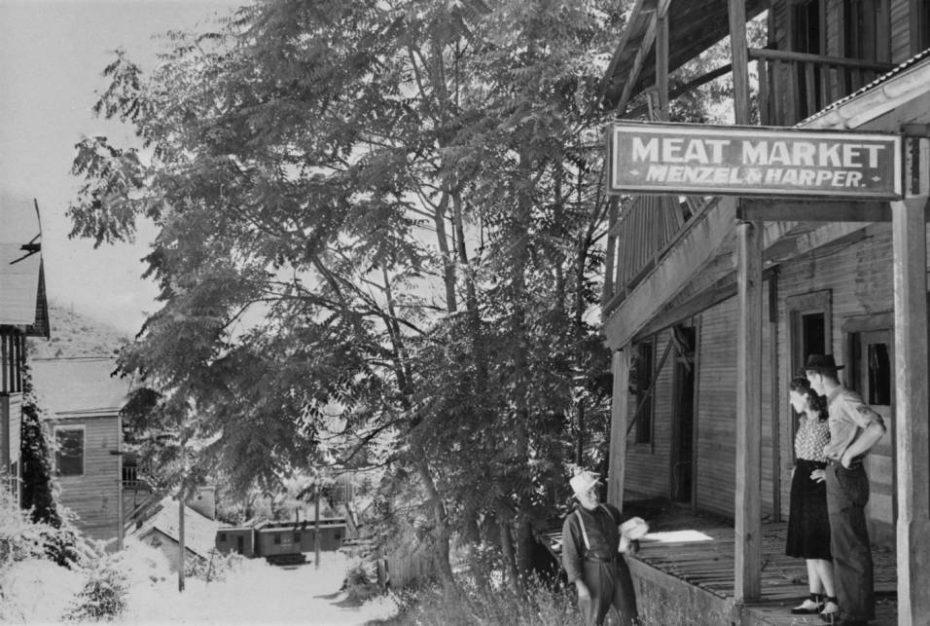
Meat Market, Kennett ©CSU Chico Digital Collections
Pearson Reading was the first Anglo-American settler and treated the remaining native population fairly, befriending them and teaching them agricultural skills rather than driving them out. The Wintoon War of the 1850s however forced the remaining Native Americans out onto reservations and the first recorded mention of the Kennett site was in 1852, announcing that gold had been discovered in Blackbone Creek, which was later renamed Kennett, in honor of a railroad-man “Squire” Kennet.
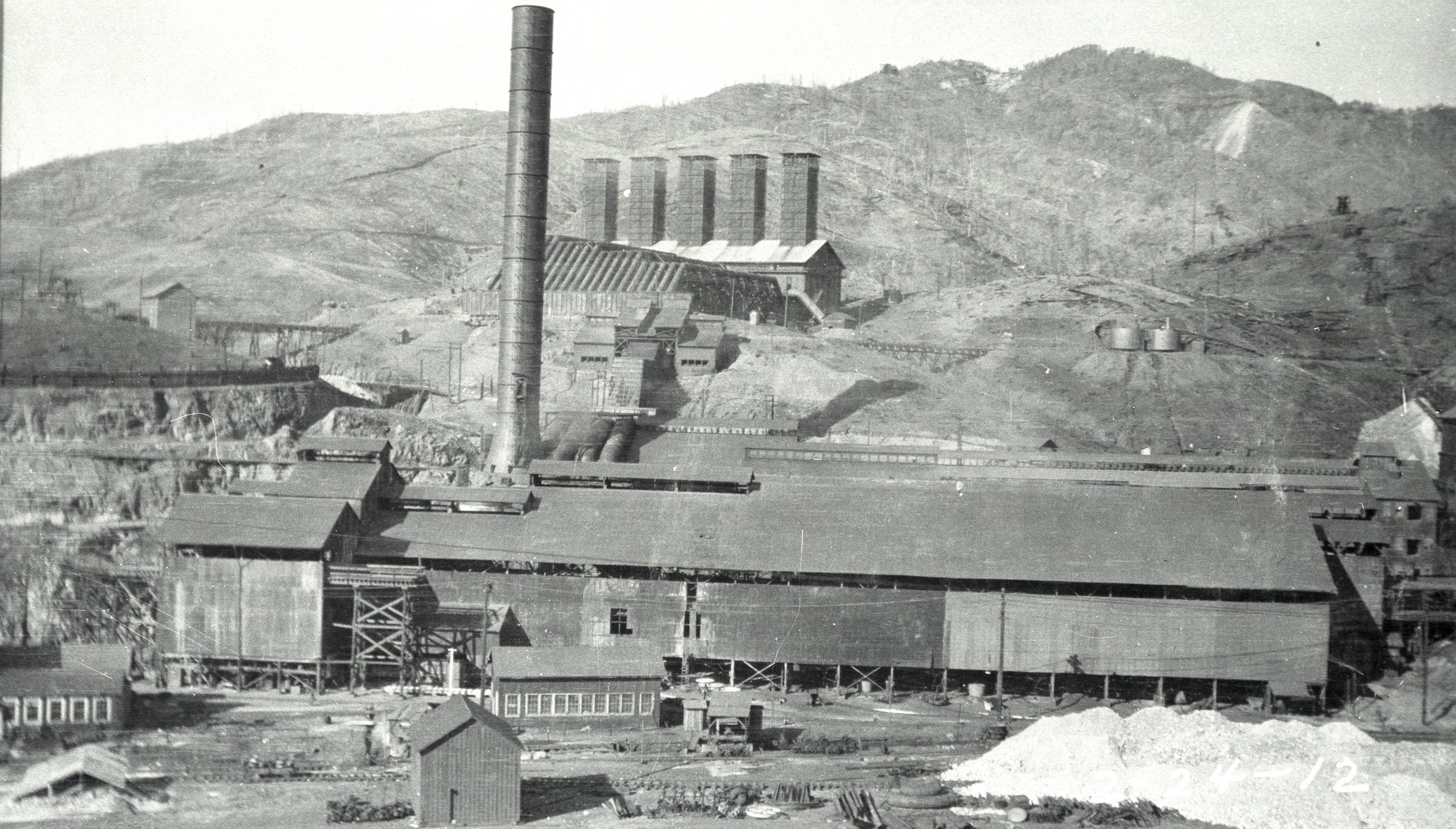
Mammoth Mining Shelter, Kennett
There were two very large copper mines in the area that contained extremely pure copper ore and brought great wealth and trade to Kennett.
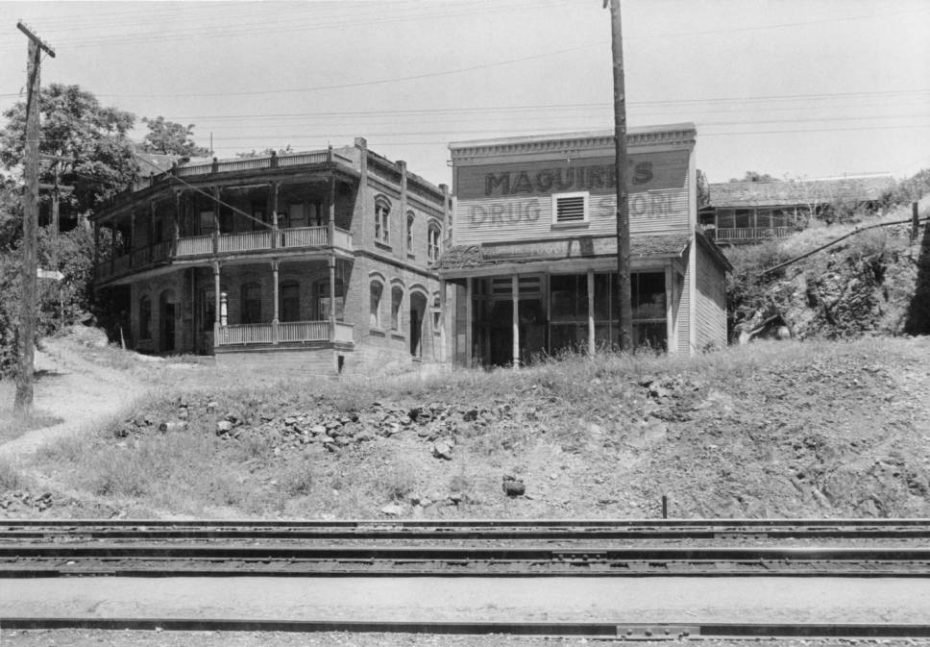
Drug Store, Kennett ©CSU Chico Digital Collections
With its close proximity to the Southern Pacific Railroad, Kennett became a hot stop for business and tradesmen, railroad workers and of course, the thousands of mining men who worked in the nearby mines.
The famous Diamond Saloon was said to have been the fanciest watering spots between Portland and San Francisco, “the place to go”, open 24 hours a day.
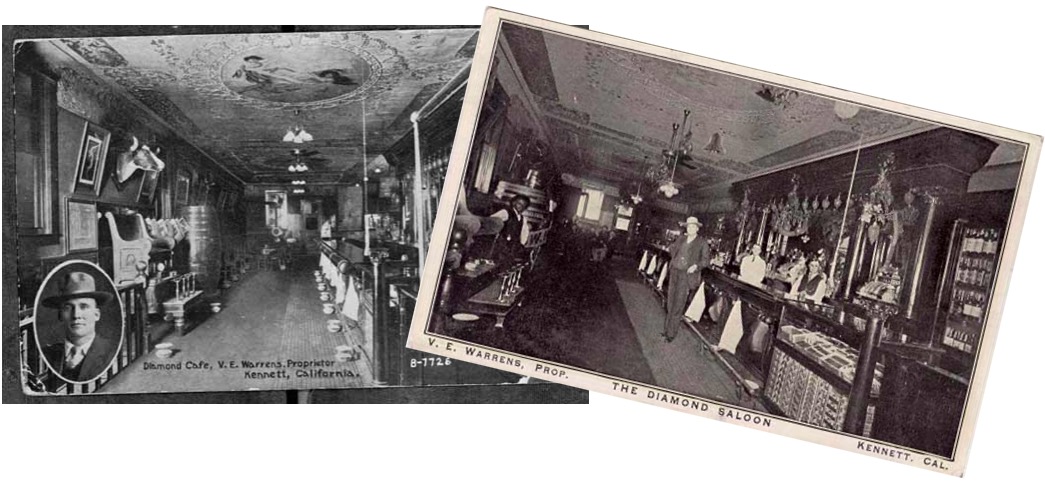
The saloon even distilled and bottled its own successful brand of whiskey which was served to patrons on a 150 foot long redwood bar. Scantily clad women catered to thirsty customers under the Tiffany chandeliers and ceiling frescoes of nude women. At its peak, Kennett boasted a population of 10,000.
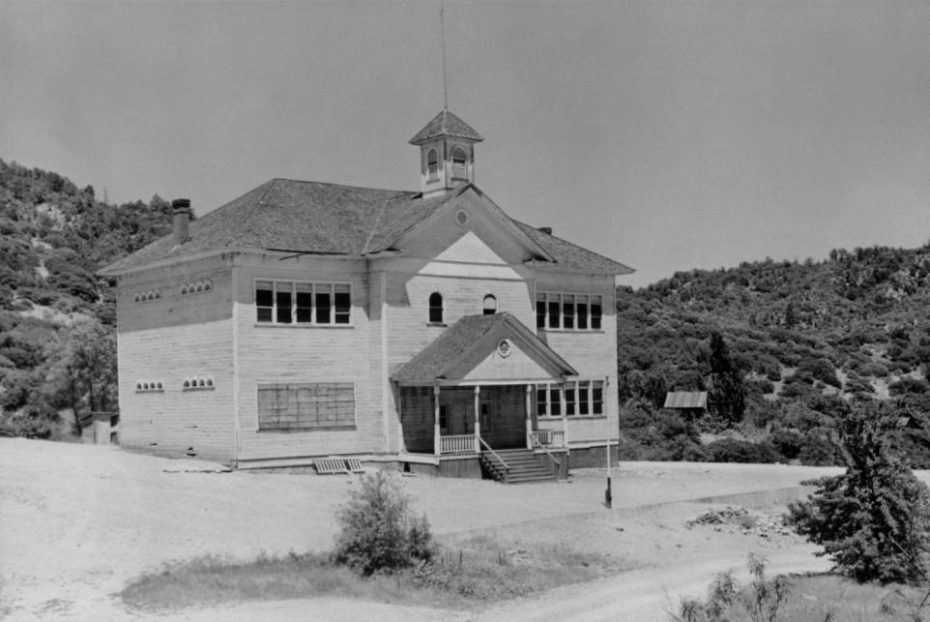
School house in Kennett ©CSU Chico Digital Collections
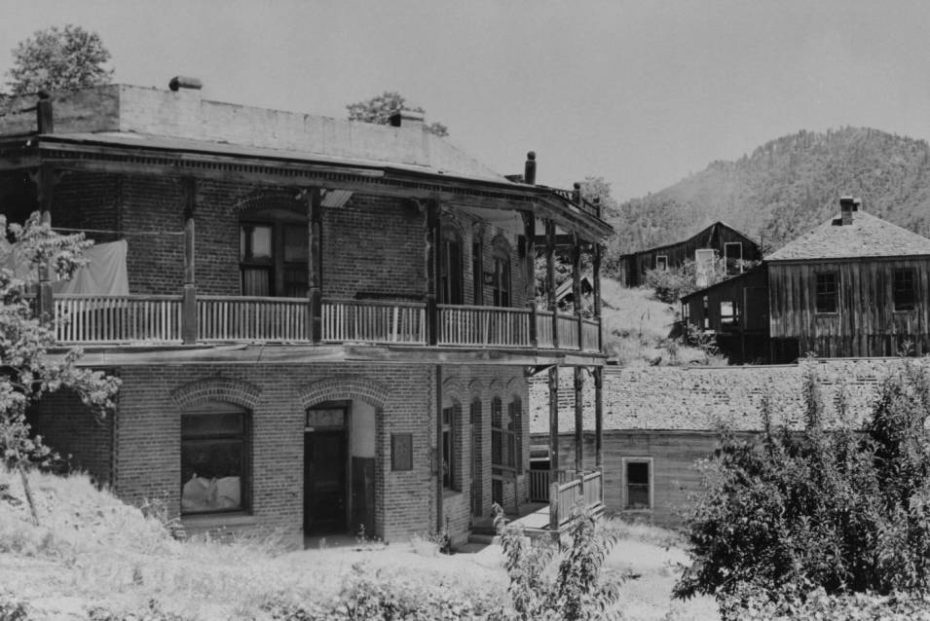
Post Office in Kennett 1942 ©CSU Chico Digital Collections
As the price of metal increased during the economic boom of the First World War, Kennett continued to prosper, but it would be short-lived when the end of the war led to economic depression for the town.
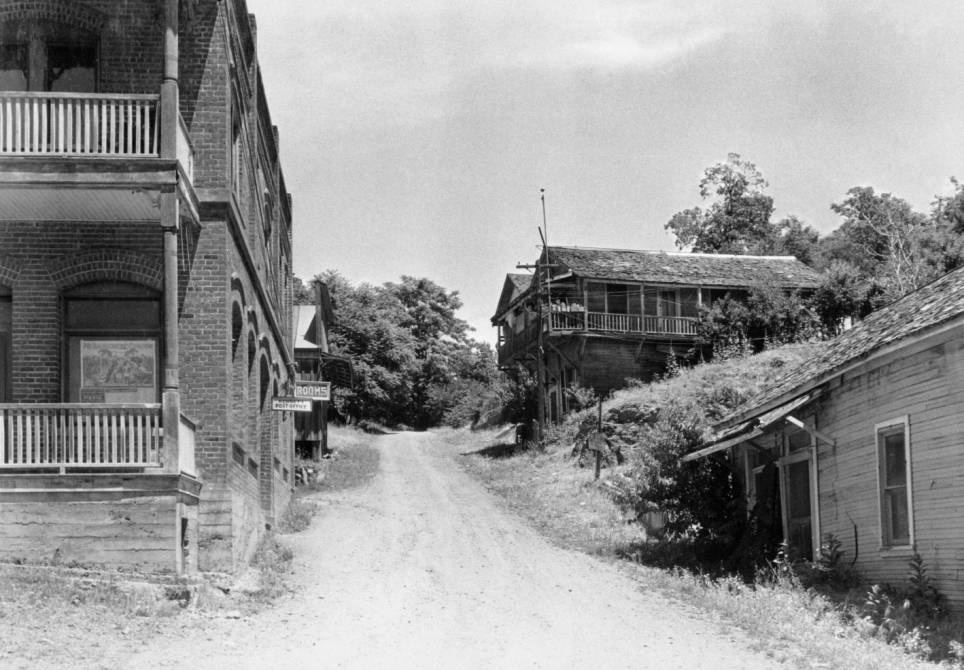
A road next to the Kennett hotel
Kennett had gotten “too big for its boots” and the expanded mines, railroad lines were too large to be supported by a peacetime economy. When the largest mine in Kennett closed permanently in 1923, it devastated Kennett, depleting the population to below the required level to be considered an incorporated city.
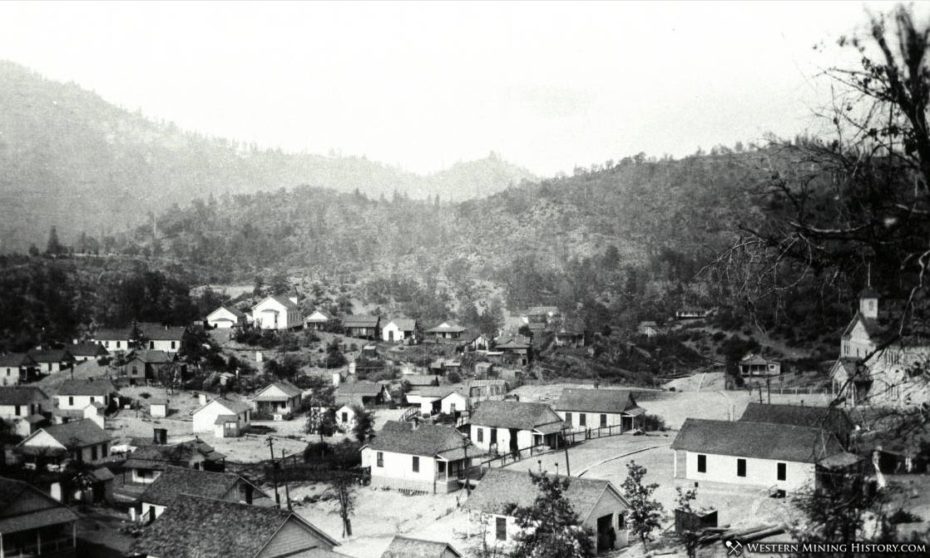
View of Homes in Kennett California 1910 ©Western Mining History
This turned out to be quite convenient for federal government which had considered building a dam in the area since the 1870s and in 1935, construction on Shasta Dam began. The diminished population of the town was likely considered too insignificant to bother asking Kennett’s residents if they would mind, as there is no record or them conducting any public hearing.
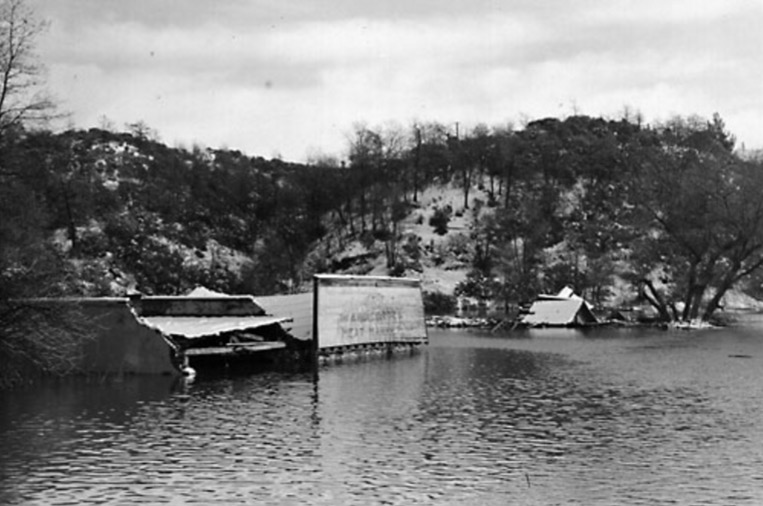
© Downtown Kennett being enveloped by the lake
Most residents sold off their land to the government without protest, while a few actually waited until the waters began to rise before abandoning their homes. When Shasta Lake began filling with water in 1940, the hotel and saloon still existed and were left standing.
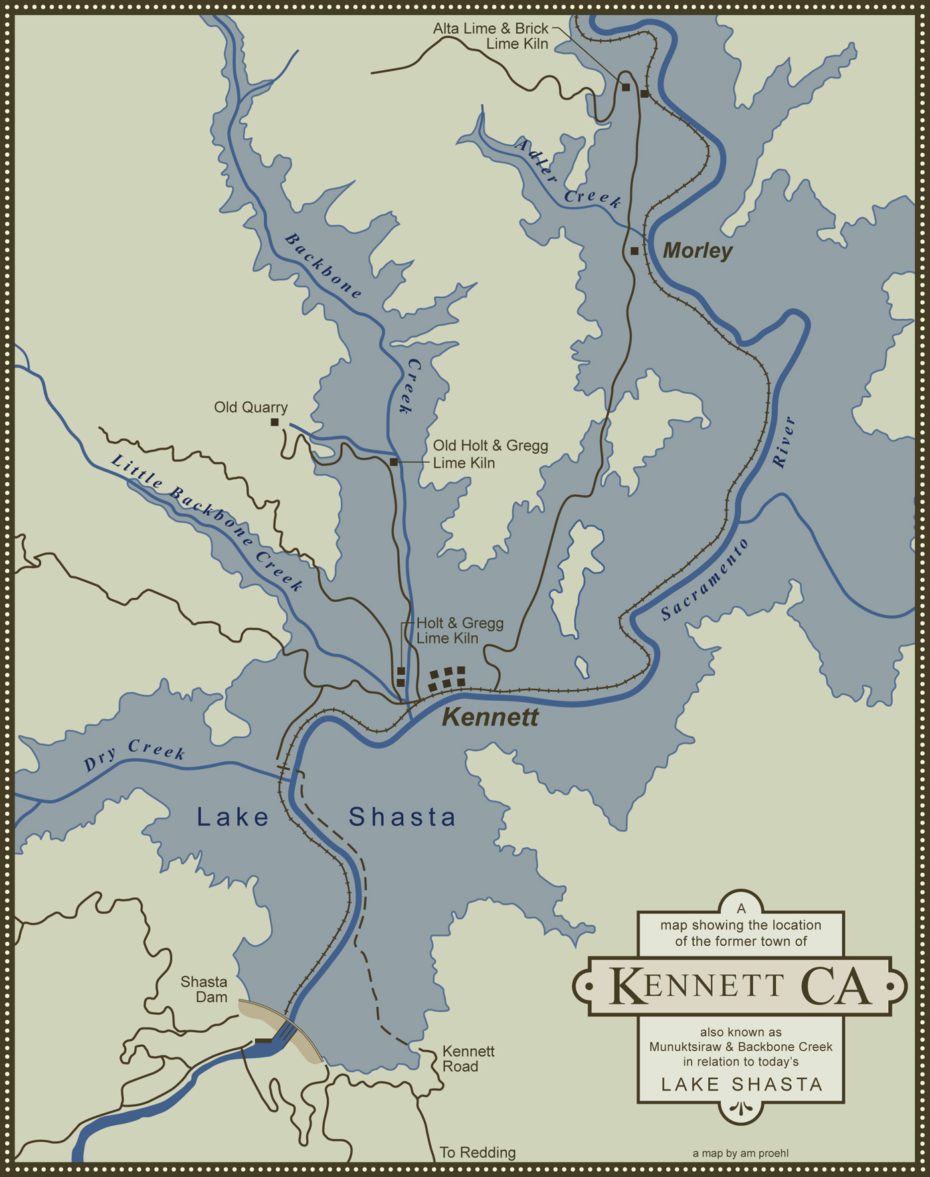
Map of Former Kennett Town plus seven other towns submerged under Lake Shasta including, Morley (visible on this map),Baird, Copper City, Elmore, Etter, Pitt, and Winthrop.
Kennett now sits quietly in the deepest, darkest part of Shasta Lake.
During the recent Californian drought, news outlets reported some of the inundated towns of Shasta (among them: Baird, Copper City, Elmore, Etter, Morley, Pitt, Winthrop and the lergest, Kennett) were beginning to reveal themselves after nearly a century due to the low levels. Old bridges, train trestles, tunnels and the foundations from towns long-drowned began to pop out of the lake’s muddy depths.
In the Whiskeytown Reservoir near Redding, an old Gold Rush camp lies at the bottom of the lake. The town flooded in 1962 after the construction of the Whiskeytown Dam in 1960 and tourists can go scuba diving in the lake to explore the remains of the town. An entire steam engine was allegedly discovered.
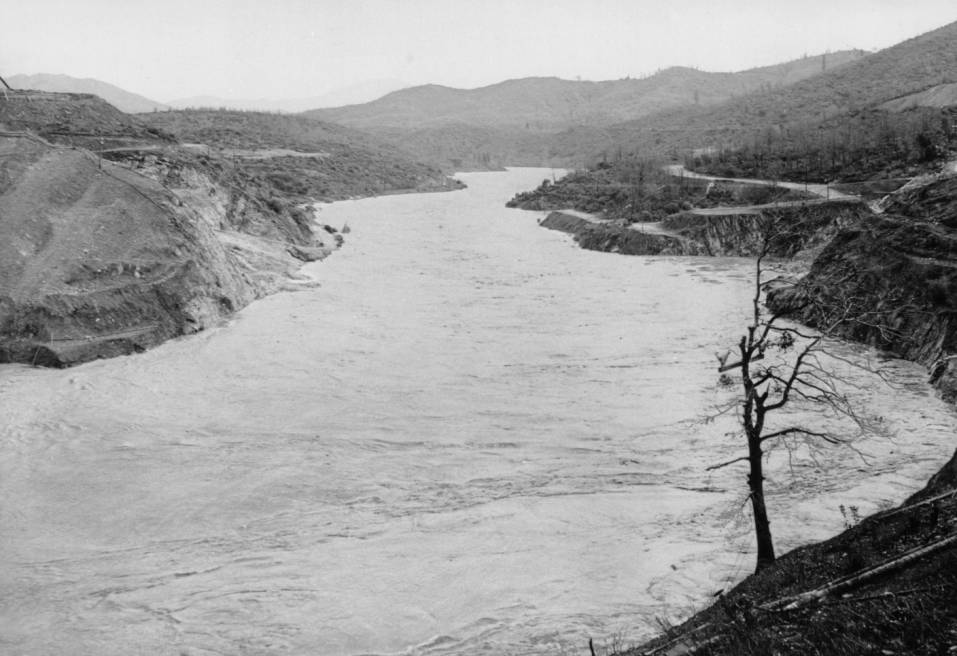
Flood waters at Shasta Dam site in the 1940s
How easily we can erase our past; turning mountains into islands and cities into reefs…


